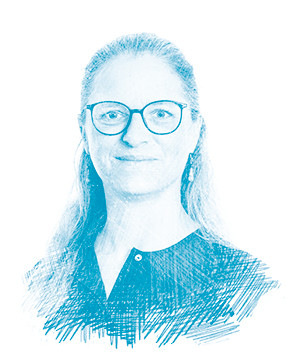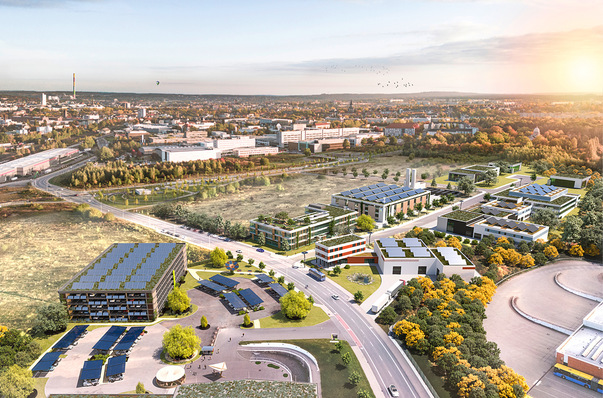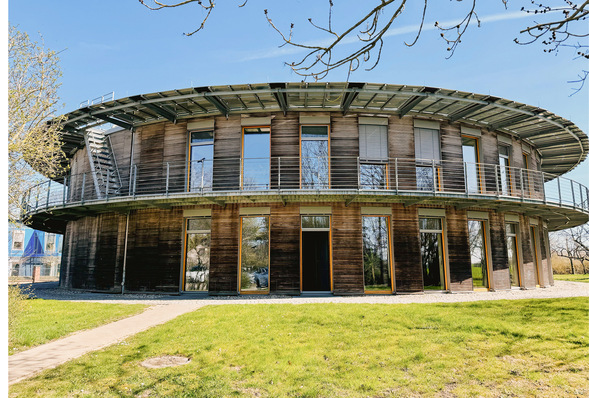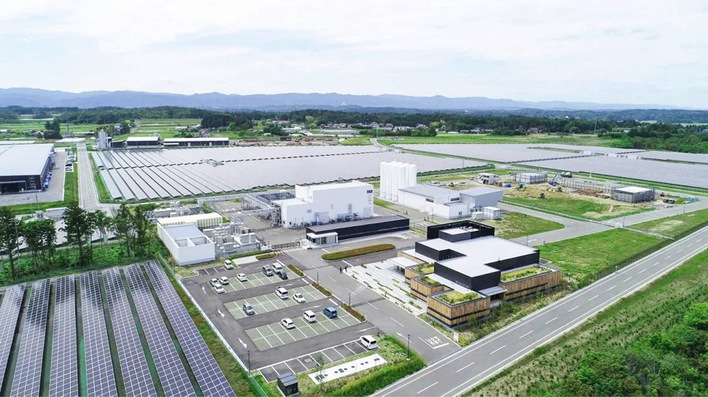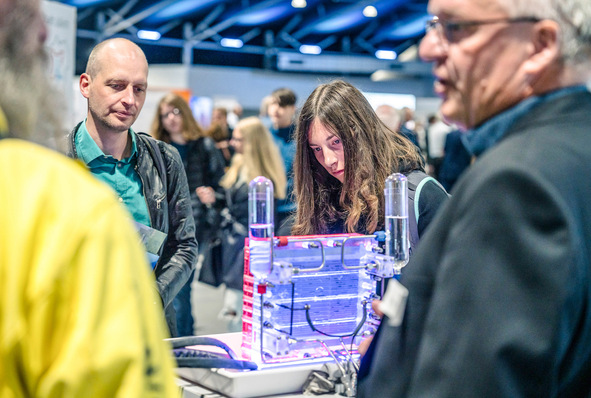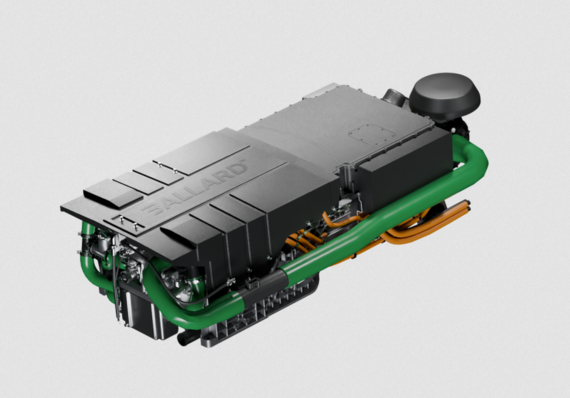The Bützberg biogas and composting plant has been processing organic waste from Hamburg households’ green bins into high-quality compost for many years. In 2011, a biogas plant was added, which dry-ferments pre-treated organic waste in individual cycles to produce sustainable raw biogas. The raw biogas is upgraded and fed into the local gas grid as biomethane.
Since then, a total of 7,500 households have benefited from this sustainable energy – and the potential is far from exhausted. After 30 years of operation, we are currently building a second composting hall to increase processing capacity to up to 90,000 tonnes per year.
CO2 savings already during the research phase
The large-scale approach gives the project supraregional significance for hydrogen-based sector coupling in Germany and Europe. Our hydrogen research project is part of the joint project “Norddeutsches Reallabor” (NRL – North German Living Lab), which is funded by the Federal Ministry for Economic Affairs and Energy (BMWi). The aim is to test a transformation pathway for an integrated energy system that can help reduce CO2 emissions in northern Germany by 75 percent by 2035. The measures we have planned during the project period alone can save up to 330,000 tonnes of CO2 per year.
The North German Living Lab is supported by more than 50 partners from industry, science and politics. The model region includes the Federal States of Hamburg, Schleswig-Holstein, Mecklenburg-Western Pomerania and the city of Bremerhaven. Together, they are cooperating in an energy transition alliance to stimulate economic momentum through innovation and thus strengthen northern Germany as an industrial location.
Power-to-gas (PtG) technology offers an option for converting surplus electricity into gaseous energy carriers and feeding them into the natural gas grid. Our subproject within the North German Living Lab investigates the synergies that can be achieved by producing hydrogen at a site where organic waste is digested and biomethane is fed into the grid. For this purpose, a new electrolysis plant with associated hydrogen infrastructure was built. We are examining both the material flows and the seasonal organic waste and its conversion, depending on process conditions, potential CO2 savings and costs.
When we submitted the funding application at the beginning of 2021, we were unable to find a comparable project of this type of methanation. We therefore assume that these investigations into biological in-situ methanation are being carried out for the first time. In-situ (Latin: “on site”) means that methanation takes place during the production of biogas. In contrast, ex-situ methanation takes place in a downstream facility. Our results are being incorporated into publications on the use of hydrogen technology in organic waste treatment plants, in order to make the scientific and economic potential accessible to other municipalities as well.
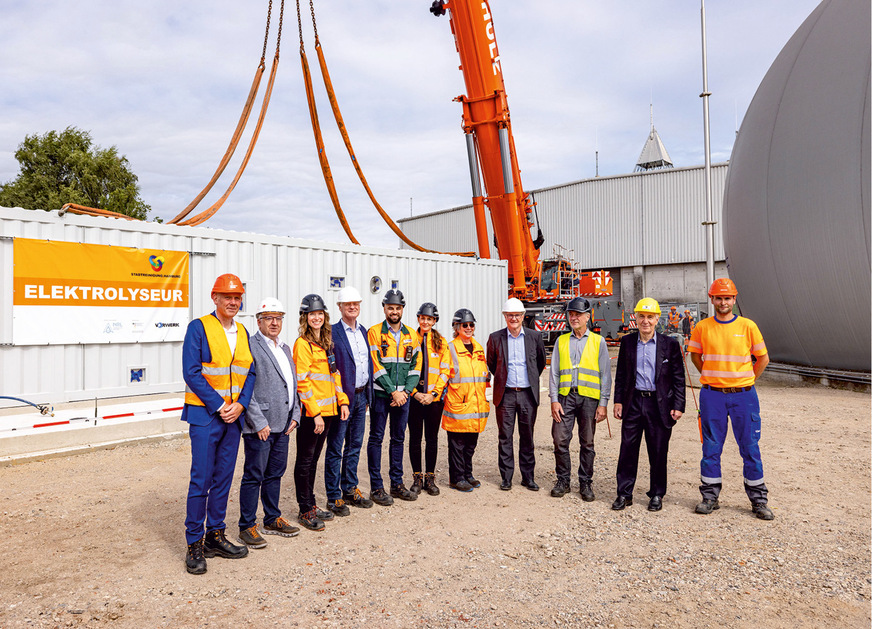
© Stadtreinigung Hamburg/Thorge Huter
Green hydrogen increases biomethane yield
Using power-to-gas and biological methanation, the yield of biomethane is expected to increase by up to 20 percent. This means that the same amount of fossil natural gas can be saved in the gas grid. The CO2-free hydrogen produced is added to the fermentation process of the organic waste. This allows a significant portion of the biogenic CO2 contained in the biogas to be converted into methane and also fed into the gas grid as synthetic biomethane. The described metabolic process takes place within the operating parameters of the fermentation plant. The biological decomposition of organic waste (fermentation) occurs in four steps:
1. Hydrolysis breaks down the biomass into sugars, amino acids and long-chain fatty acids.
2. Acidogenesis converts the broken- down biomass into organic acids and gases.
3. Acetogenesis processes the acids and gases into acetic acid, hydrogen and carbon dioxide.
4. Methanogenesis finally produces raw biogas (methane, carbon dioxide, hydrogen sulfide).
The electrolysis plant has a connected load of one megawatt. The stack consists of 129 cells (manufacturer: Plug Power). The production capacity is approximately 200 normal cubic metres per hour at an outlet pressure of around 36 bar, with a gas quality of 5.0. This allows for direct use in fuel cells. This pressure also corresponds to the storage pressure of the downstream storage unit. However, for use in the biogas plant, the hydrogen pressure must be reduced to 250 mbar using a gas pressure control system.
At the Bützberg biogas plant, fermentation is controlled in three different phases. Each phase differs in duration, the supply of percolate liquids (carrier fluids for the various microorganisms from the four decomposition processes), the duration and volume of raw biogas flushing to loosen the compacted organic waste in the fermenter through percolation, as well as the duration and volume of hydrogen input.
The electrolysis plant has a connected load of one megawatt. The stack consists of 129 cells (manufacturer: Plug Power). The production capacity is approximately 200 normal cubic metres per hour at an outlet pressure of around 36 bar, with a gas quality of 5.0. This allows for direct use in fuel cells. This pressure also corresponds to the storage pressure of the downstream storage unit. However, for use in the biogas plant, the hydrogen pressure must be reduced to 250 mbar using a gas pressure control system.
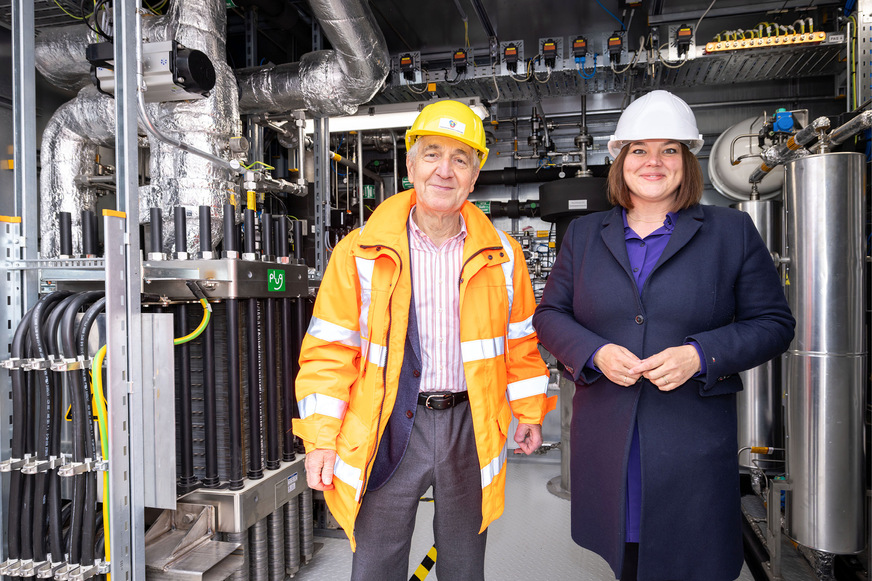
© Stadtreinigung Hamburg/Thorge Huter
Research under full-scale operating conditions
In parallel with the tendering, procurement, planning and construction of the electrolysis plant, we used the time for laboratory tests at the Hamburg University of Technology (C.R.E.M. Institute). Here, we were able to obtain the first successful measurement results demonstrating biological methanation using the in-situ method at a biogas plant on a laboratory scale. After completion of the new hydrogen infrastructure at the biogas plant, we were able to reproduce the measurement results from the laboratory tests using pressurised hydrogen cylinders.
Since summer this year, research operations have been running in 14 fermenter boxes. The process parameters for fermentation and the supply of green hydrogen will vary significantly in order to determine the best possible process control for biological methanation. A computer-based process model supports us by making predictions under different process conditions.
Research at the full-scale facility will continue until March 2027. There are already ideas for follow-up projects, including a dedicated hydrogen filling station, a hydrogen refuelling station, and the extraction of heat and oxygen.
The biogas and composting plant is a facility operated by Müllverwertung Rugenberger Damm (MVR) GmbH, which is a subsidiary of Stadtreinigung Hamburg AöR.



